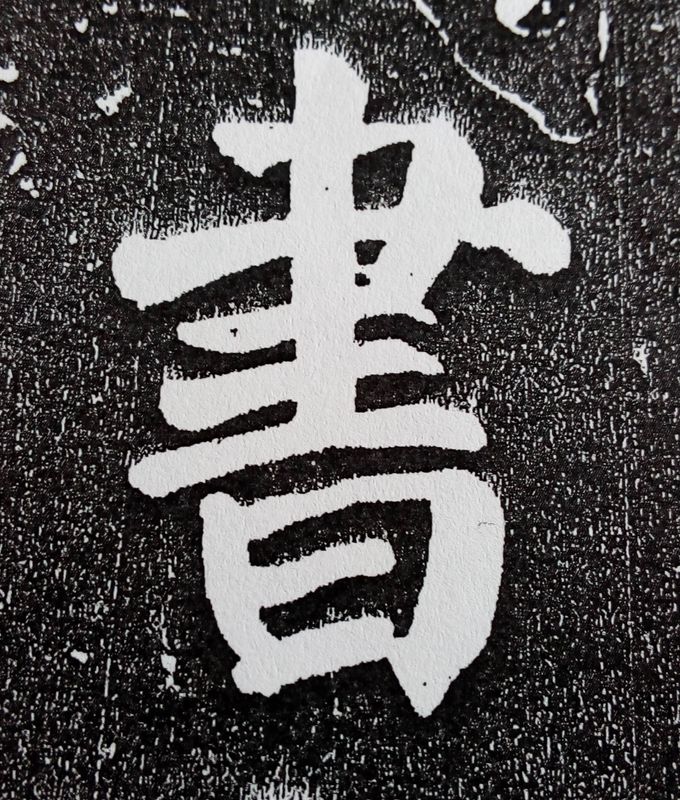Feb 23, 2021
The Way of Writing
書道 = The Way of Writing
Back when I lived in Portland, Oregon in the US, I happened upon shodo, or the way of writing.
I was not new to Japanese language and culture, as I had been interested since Japanese students stayed with my family when I was five years old. All things Sanrio fascinated me. I had studied the language and held an annual pass for the local Japanese Garden.
This is where I saw shodo, for the first time.
There was a demonstration where shodo artists splattered black ink onto paper on the floor with paintbrushes that may as well have been brooms, they were so big.
My eyes were probably huge.
Most of the artists looked Japanese, as one might imagine. The fact that one of them was a westerner around my age made me consider that this was not an entirely private Japanese club.
I had no idea what they were writing, but it was beautiful in an uncontrollable sort of way.
Later I learned that there was a class, taught by one of the artists, that was accepting students.
I had no idea what I was getting myself into, but it was love at first sight.
The teacher, an older woman who had come to America as an adult, didn't really speak English, or need to.
Most of the students were Japanese. In addition to the one Westerner I had seen performing, there were at least two more. All of the Japanese students were bilingual and happy to sort of explain anything I didn't catch on to. This class became my Saturday hobby for a few years. One I was strangely comfortable with right away.
There is a Japanese “Magnet” (bilingual) program in the public schools in Portland, and weekly shodo lessons are conducted at the elementary school. This was started by the same teacher, in order to have the type of lessons that students would study in Japan. She taught there for some time before semi-retiring and passing it on to my classmate who had been assisting her. When that assistant became the teacher, for a short time, I became her assistant. After that, I moved to Japan.
My teacher in Portland had taught while still living in Japan, as part of the school based in Saitama, Bokutensha Group, which we all study under. I was introduced to one of my teacher's former students, who became my new teacher.
The new class was similar, except that my classmates were mostly kids. Technically, the class in the US is studying about junior high or high school student level shodo.
The writing is done on hanshi, a bit larger than A4 sized paper, and four characters are written.
There are two styles of writing that I submit each month:
a block text called kaisho 楷書 and a semi-cursive style called gyosho行書.
There are five standard styles of Japanese writing total, starting from the very old tensho (篆書) style which is still used on official hanko or documents like Japanese passports.
Reisho (隷書)is used for the text on Japanese paper money.
Sousho (草書) is used for handwritten letters even now.
There are other styles within these five categories which higher level students write.
After a year in Japan, I moved and started to study by mail. There was a long hiatus after I returned to Japan, but I've been seriously studying by mail for almost a year now.
Within the school, there is a head teacher who is like the CEO of a company. He directs the style of writing, the historical works which are imitated, and the styles that all of the teachers learn and teach. Much of shodo is based on old Chinese Buddhist texts, but it is not limited in it's belief system or necessarily practiced by religious people. It has long been a standard practice for Buddhist monks, although in Japan it has also become a cultural practice, often associated with the upper middle class. I imagine it's similar to how tennis is a sport I always felt was for upper class types. Shodo is somewhat of a respectable hobby.
When I first started, I started at the lowest (級位) ranking, 10位.
It goes from 10- 1位.
Within (段位) ranking, there is 準初段位 (じゅんはつだんい) - 10段.
This is followed by 天一階 (てんいっかい) - 天10階.
Finally the highest rank is 招待 (しょうたい), where my teacher is.
There are ongoing opportunities to level up based on the quality of your monthly submissions.
Currently, I'm 準3段 level, working on a level-up test, which happens once a year. The writing is in a slightly rounder kaisho style. For the 'shoudan shiken,' I will write six of the characters 「賢何以審論光」from a stone carving made during the Tang Dynasty (the artist lived between 709-786). Students are given お手本 (an example) which is a photo copy from a textbook, to essentially imitate the style of. Each person's imitation will of course be subtly different.
 In the above photo, one of the characters from the example is the character for write, used in the word shodo.
In the above photo, one of the characters from the example is the character for write, used in the word shodo.
I feel some pressure to do well. My teacher says to have fun and take my time writing. I think she knows, without watching me write in person, that I am impatient with myself and have a hard time slowing down.



0 Comments